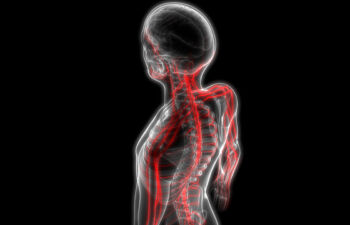Pain is a way for the brain to alert the body to potential danger. It can be experienced in many different ways, from mild discomfort to severe and constant pain. There are also many different treatments for managing pain.
Living with pain, whether it is acute or chronic, can be challenging. There is no one-size-fits-all approach to the management of pain.
How do I manage acute pain?

Medicines for pain relief: what are the options?
There are lots of different kinds of pain, and lots of different medicines for the relief of pain.

Treating my child’s pain or fever – paracetamol or ibuprofen?
Ibuprofen and paracetamol are two of the most commonly used over-the-counter (OTC) medicines to treat pain and fever in children.

Topical medicines for musculoskeletal pain
Topical pain medicines (analgesics) are used for the temporary relief of muscle or joint pain.
How do I manage specific pain?

Managing period pain
Period pain is one of the most common health issues for women.

Headaches and how to treat them
Headaches affect nearly everyone at some point in their life.

Managing migraine
Migraine is not just another word for ‘bad headache’. They have specific characteristics that distinguish them from tension-type headaches.

Managing osteoarthritis
Osteoarthritis treatment can help you manage pain, prevent or delay complications, prevent disease progression and improve or maintain your function and quality of life.
Information about specific medicines

Opioid medicines and chronic non-cancer pain
Opioid medicines can be used to reduce some types of pain, such as acute pain and chronic pain caused by cancer.

Amitriptyline for nerve pain
Most medicines used to treat nerve pain (also called neuropathic pain) were originally developed to treat other conditions.

Pregabalin for nerve pain
Pregabalin is prescribed for people whose nerve pain has not responded to other medicines.
Back to Opioids pain management hub
